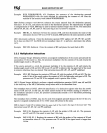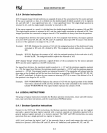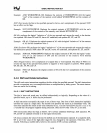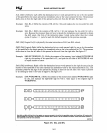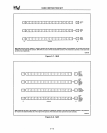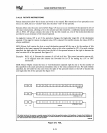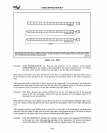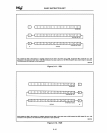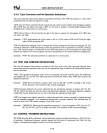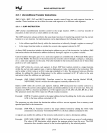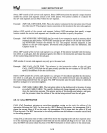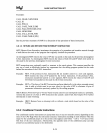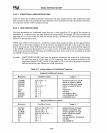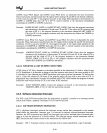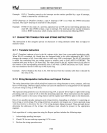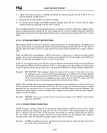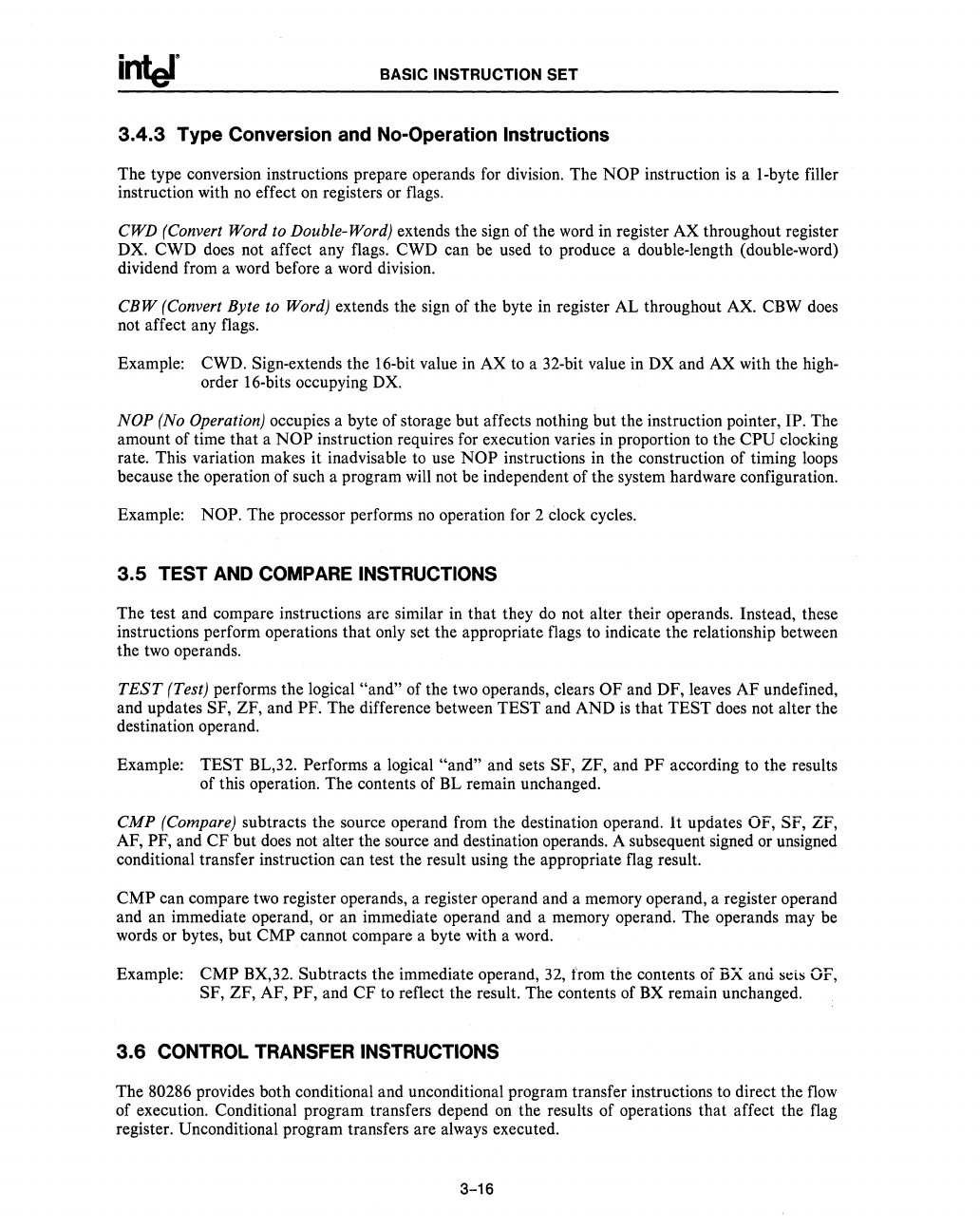
BASIC INSTRUCTION SET
3.4.3
Type Conversion and No-Operation Instructions
The type conversion instructions prepare operands
for
division. The NOP instruction
is
a I-byte filler
instruction with
no
effect on registers or flags.
CWD (Convert Word to Double-Word) extends the sign of the word in register AX throughout register
DX. CWD
does
not affect any flags. CWD can be used
to
produce a double-length (double-word)
dividend from a word before a word division.
CBW
(Convert Byte to Word) extends the sign of the byte
in
register AL throughout AX. CBW does
not affect any flags.
Example: CWD.
Sign-extends the I6-bit value in AX
to
a 32-bit value in DX and AX with the high-
order I6-bits occupying DX.
NOP (No Operation) occupies a byte of storage but affects nothing but the instruction pointer, IP. The
amount of time that a
NOP
instruction requires
for
execution varies
in
proportion
to
the CPU clocking
rate. This variation makes it inadvisable to use
NOP
instructions in the construction of timing
loops
because the operation of such a program
will
not be independent of the system hardware configuration.
Example:
NOP. The processor performs
no
operation for 2 clock cycles.
3.5
TEST AND COMPARE INSTRUCTIONS
The test and compare instructions are similar in that they
do
not alter their operands. Instead, these
instructions perform operations that only set the appropriate flags
to
indicate the relationship between
the
two
operands.
TEST
(Test) performs the logical "and" of the
two
operands, clears OF and DF, leaves AF undefined,
and updates
SF, ZF, and PF. The difference between TEST and AND
is
that TEST does not alter the
destination operand.
Example:
TEST BL,32. Performs a logical "and" and sets SF, ZF, and PF according to the results
of this operation. The contents of BL remain unchanged.
CMP (Compare) subtracts the source operand from the destination operand.
It
updates OF, SF, ZF,
AF, PF, and CF but
does
not alter the source and destination operands. A subsequent signed or unsigned
conditional transfer instruction can test the result using the appropriate flag result.
CMP can compare
two
register operands, a register operand and a memory operand, a register operand
and an immediate operand, or an immediate operand and a memory operand. The operands may be
words or bytes, but
CMP cannot compare a byte with a word.
Example:
CMP BX,32. Subtracts the immediate operand,
32,
from the contents of EX and sets OF,
SF, ZF,
AF, PF, and
CF
to reflect the result. The contents of
BX
remain unchanged.
3.6
CONTROL TRANSFER INSTRUCTIONS
The 80286 provides both conditional and unconditional program transfer instructions
to
direct the
flow
of execution. Conditional program transfers depend
on
the results of operations that affect the flag
register. Unconditional program transfers are always executed.
3-16



